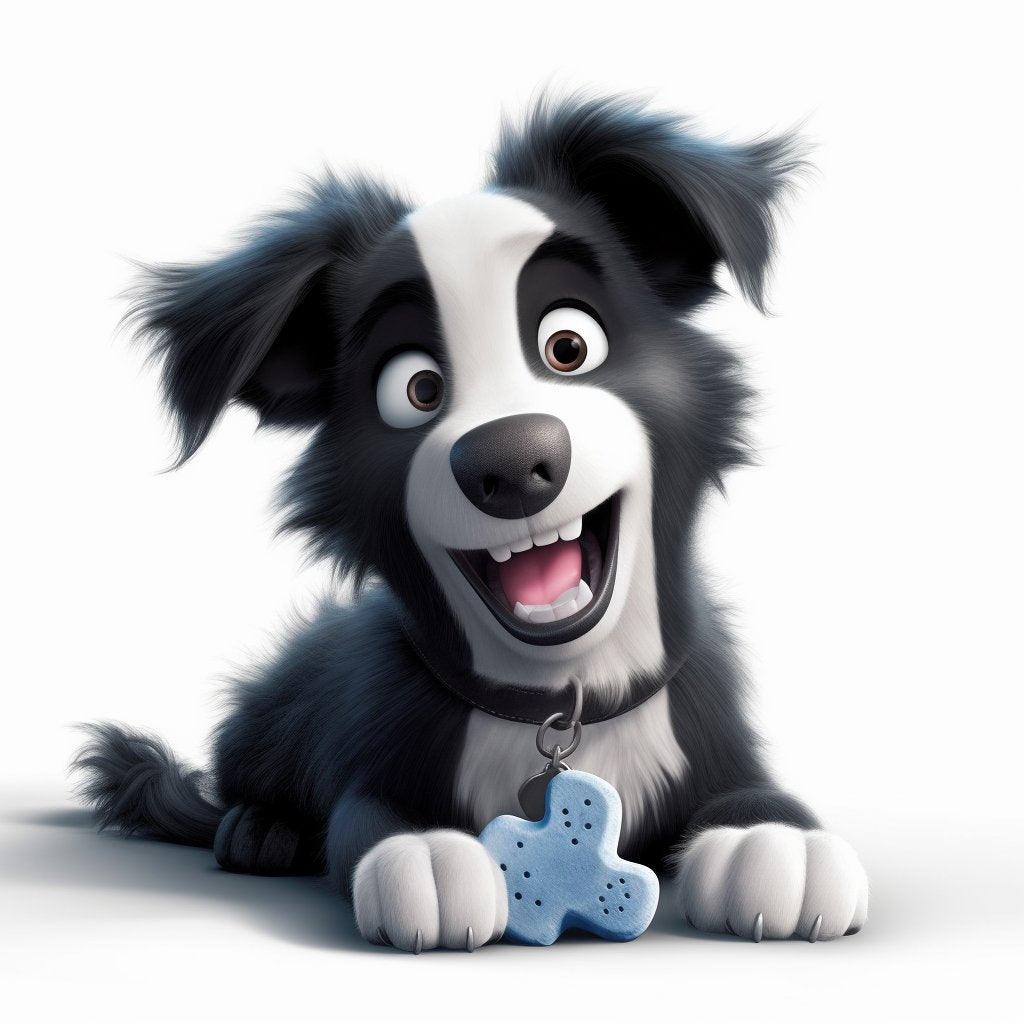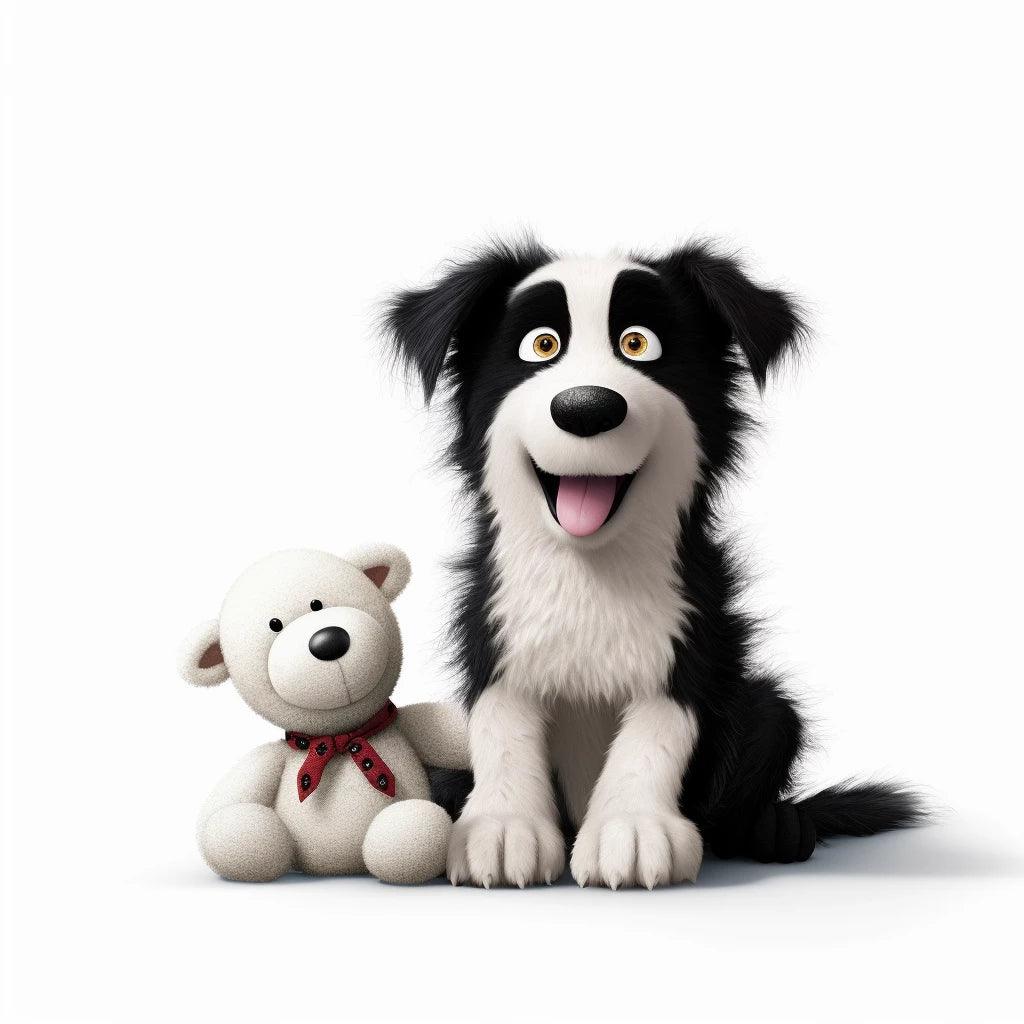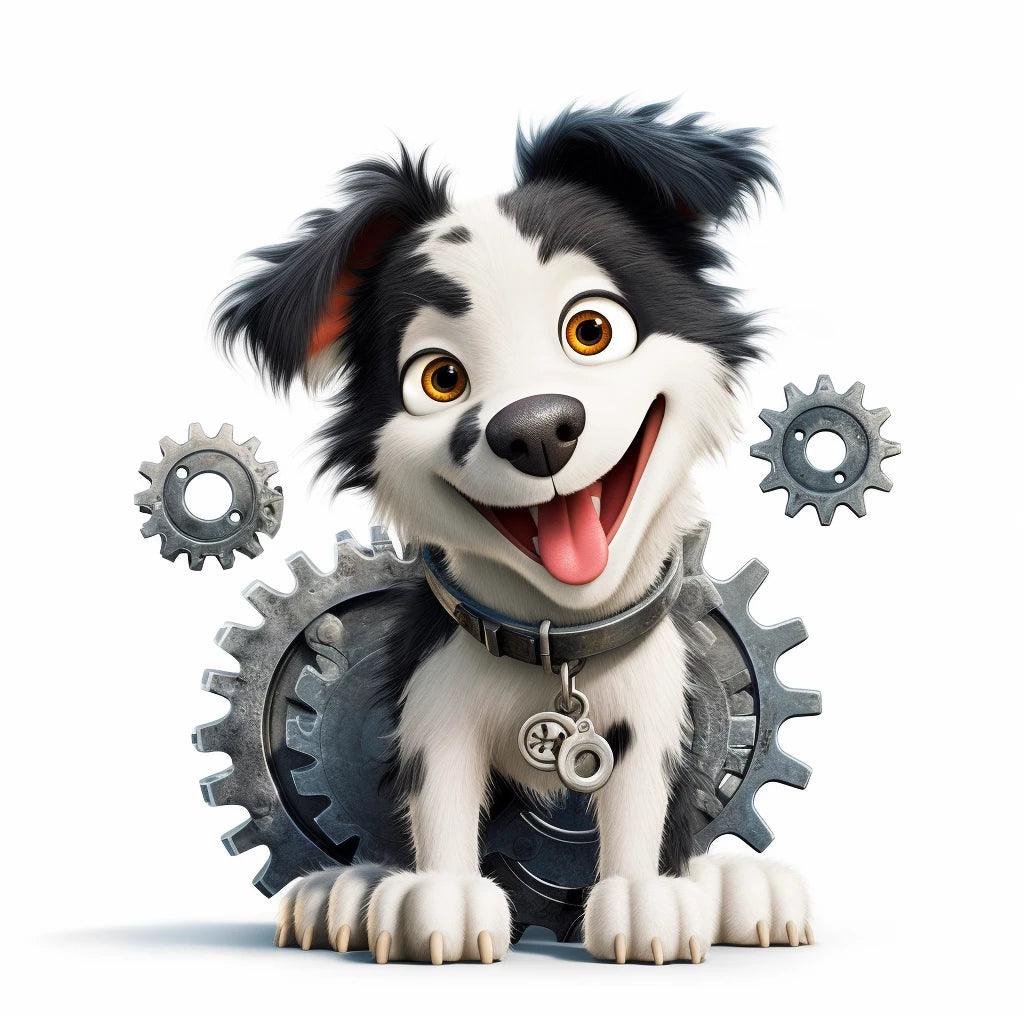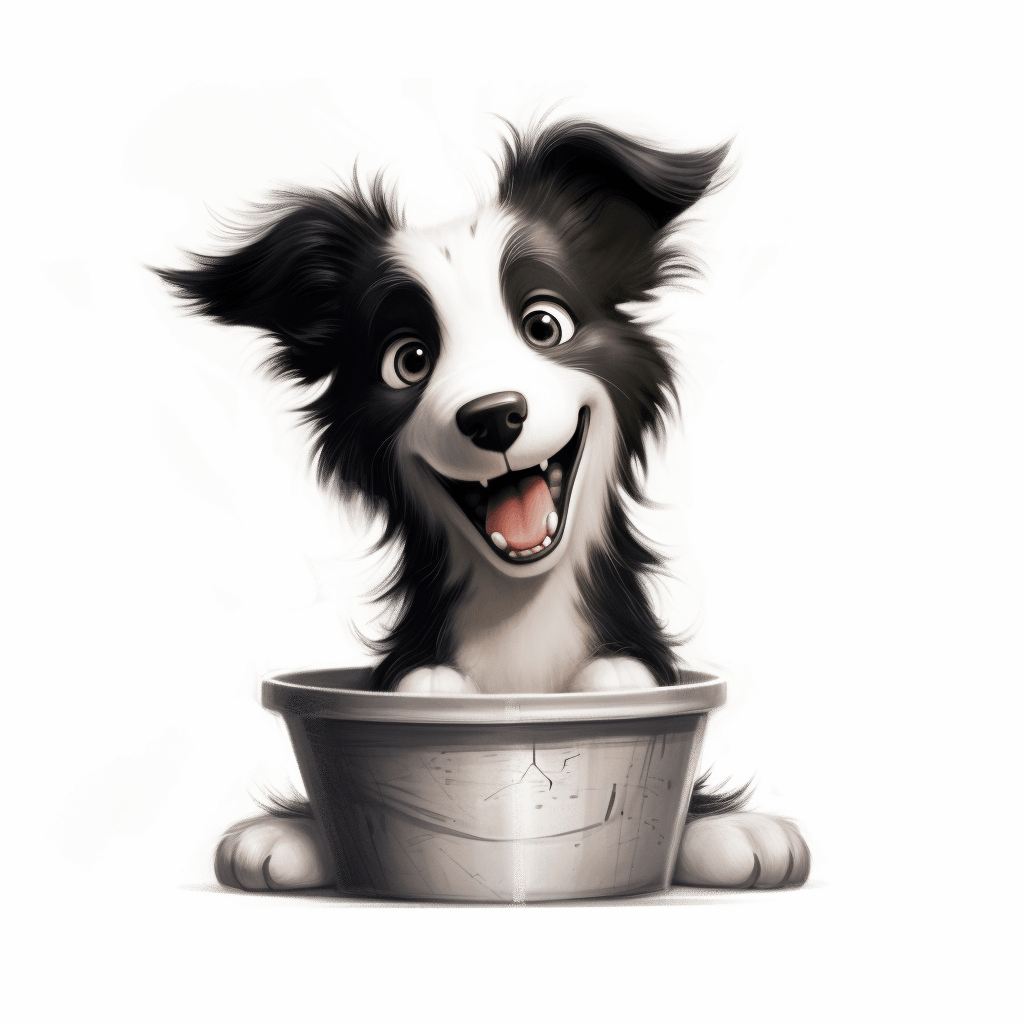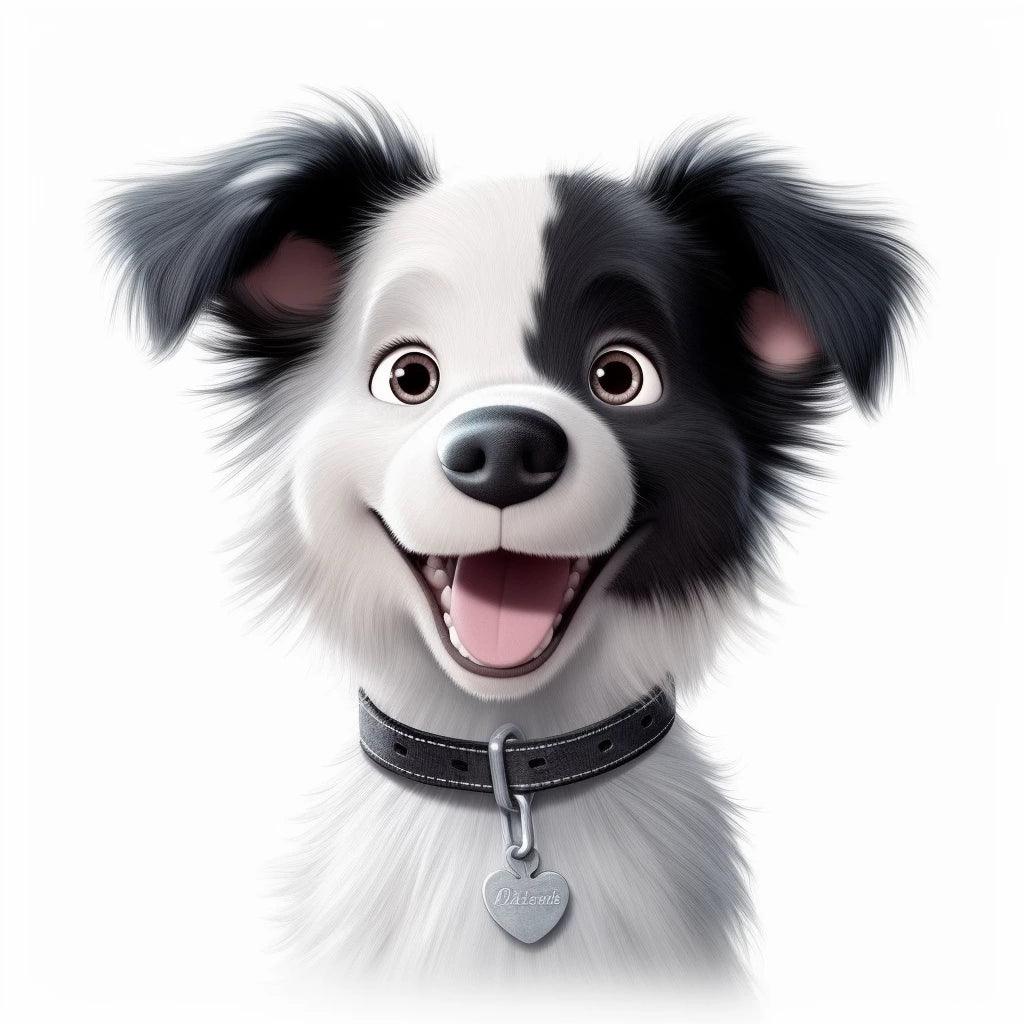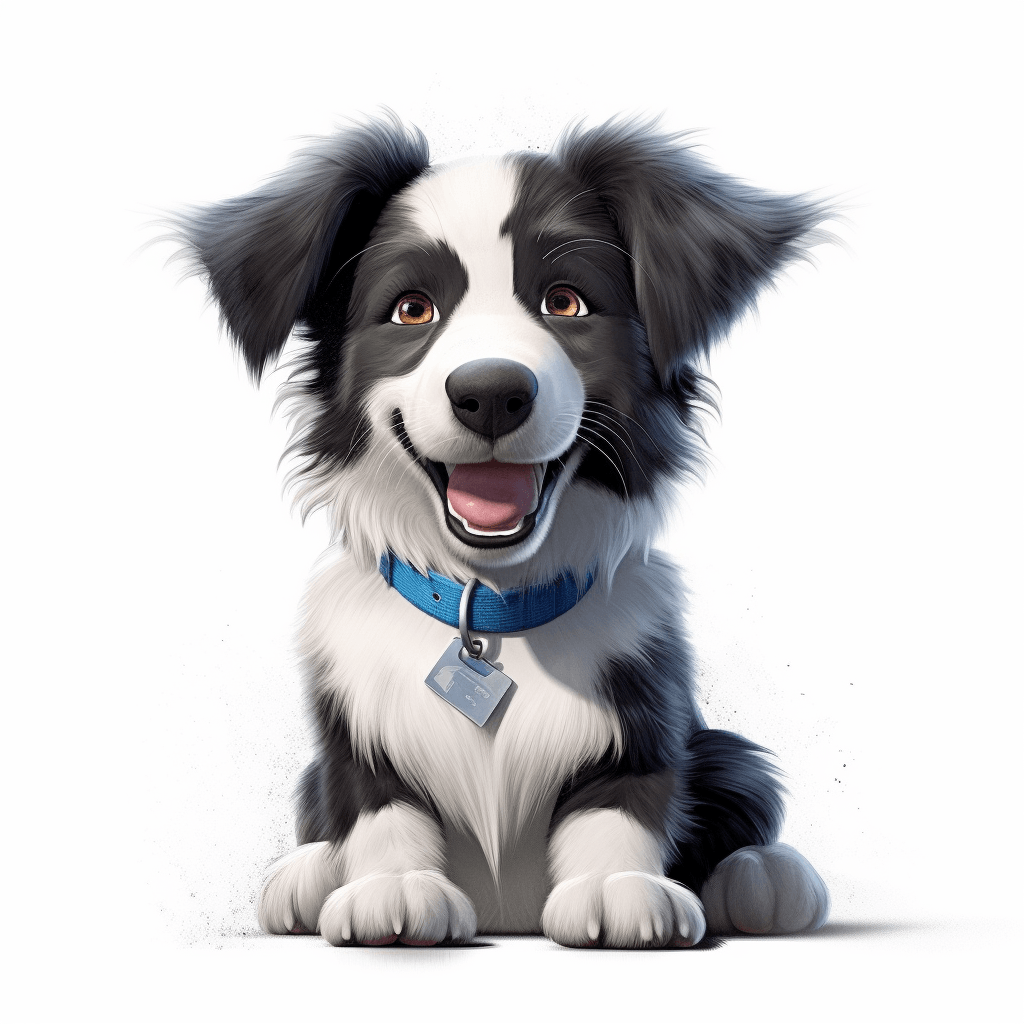
Breed sheet: The Beagle
Share
The beagle is a small dog originating from England. It is a versatile hunting dog used primarily for rabbit hunting.
The beagle is known for its exceptionally developed nose, allowing it to follow a trail with great precision. The beagle is a sociable and playful dog, who gets along well with children and other animals. However, he can be stubborn and needs firm and consistent training to behave well. The beagle has a short, dense coat, usually two-tone in color (black and white, brown and white, or beige and white). Their tail is high and carried straight.
Beagles have floppy ears and an elongated muzzle. They have sturdy, muscular bodies, with strong legs and compact feet. In terms of size, beagles generally measure between 33 and 40 cm at the withers for males, and between 33 and 38 cm for females. They weigh on average between 9 and 11 kg. The beagle is an active dog that needs daily exercise to be happy and healthy. They are also known for their persistent barking, so it is important to train them not to bark excessively.
Beagles need a balanced, nutritious diet to stay healthy. As with all dogs, it is important to provide your beagle with high-quality foods that meet their specific nutritional needs based on their age, physical activity, and any possible health issues.
In general, it is recommended to feed beagles premium quality dry foods that contain animal proteins like meat, fish or eggs as the first ingredients. Wet foods can also be incorporated into their diet, but it is important to use them as a supplement rather than a replacement for dry foods.
It is also important to ensure that your beagle receives enough vitamins and minerals essential for his well-being. Commercial dog foods usually contain all the nutrients needed to maintain your dog's health, but it is always recommended to consult a veterinarian before changing your beagle's diet.
Finally, it is important to monitor the amount of food you feed your beagle to prevent him from becoming obese. Beagles tend to have a big appetite, so it's important not to overfeed them and offer them healthy snacks rather than high-calorie foods.
Training a beagle can be a challenge, as they tend to be stubborn and independent. However, with firm and consistent training, it is possible to train a beagle to be well behaved and well behaved. Here are some tips for properly training a beagle:
-
Start training your beagle from a young age. The younger a dog is, the easier it is to teach him new things.
-
Be patient and persistent. Training can take time and require patience. Don't get frustrated if your dog doesn't immediately understand what you want from him.
-
Use rewards to encourage your beagle to behave well. Treats, petting and words of encouragement can be very effective rewards for a dog.
-
Be firm and consistent in your training. Always give clear and simple commands to your beagle and make sure he understands them before moving on.
-
Demonstrate natural authority. Beagles need a firm, confident leader to behave well. Show your dog that you are in charge by remaining calm and making clear decisions.
In general, the beagle is an ideal pet for active families and people who enjoy spending time outdoors. They are intelligent and easy to train, but require constant attention to avoid their stubborn side.

